Arthur Mole and John Thomas, at a time when photography was still at it's nascent stage, produced a series of extraordinary photographic spectacles using large groups of people to form shapes of religious and national symbols. Arthur Mole initially developed this technique to create religious symbols photographing fellow church members. When the United States entered World War I, Mole and his colleague John Thomas turned to patriotic themes choreographing thousands of military troops and other groups to form American patriotic symbols, emblems, and military insignia. Arthur Mole photographed these formations from an 80-foot viewing tower using an 11 x 14-inch camera. Mole called them “living photographs.”
"Living Portrait of Woodrow Wilson" created in 1918 with 21,000 officers and men
"The Human U.S. Shield" (1918) by 30,000 officers and men
"Human Statue of Liberty" (1918); 18,000 officers and men
"The Living allied flags" (1918)
"The Human Liberty Bell" (1918); 25000 officers and men
"Machine Gun Insignia" (1918); 22500 officers and men, 600 machine guns
"The Zion Shield" (1920)
"The Living Uncle Sam" (1919)
"Living Emblem of the United States Marines" (1919)
Original uncompressed version of the images are available at the Library of Congress

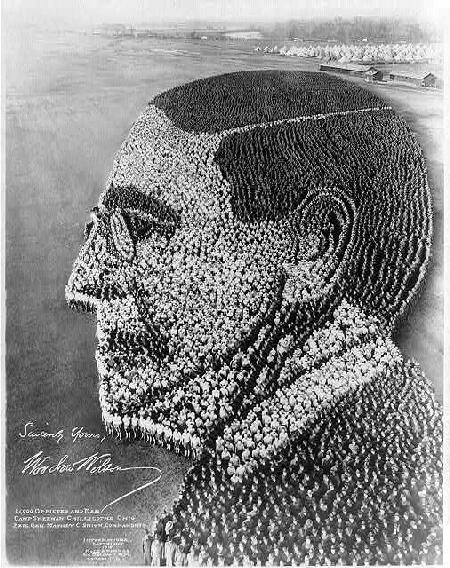
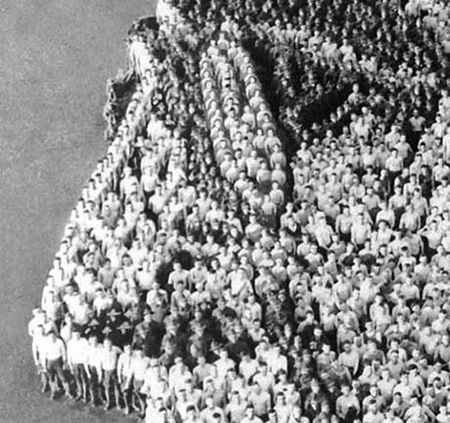
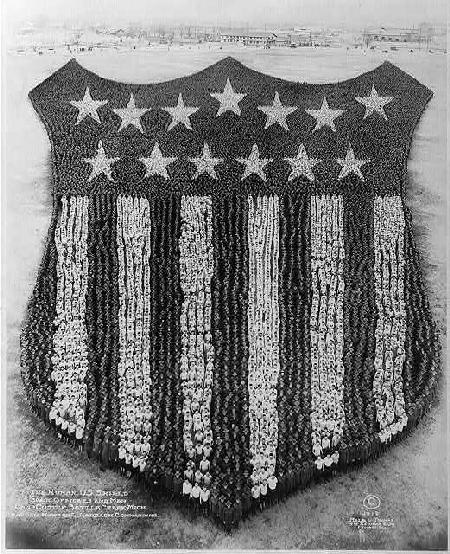
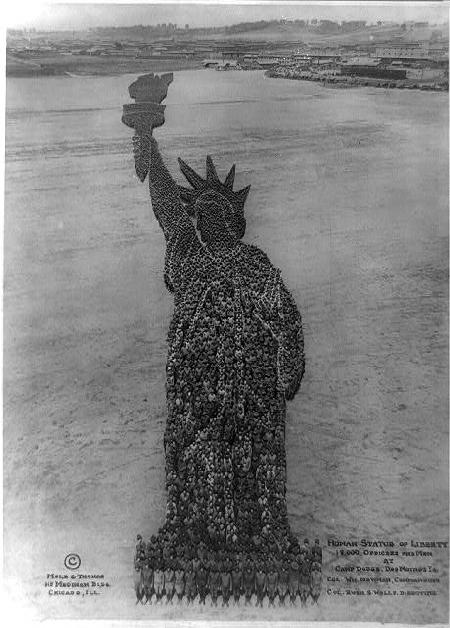
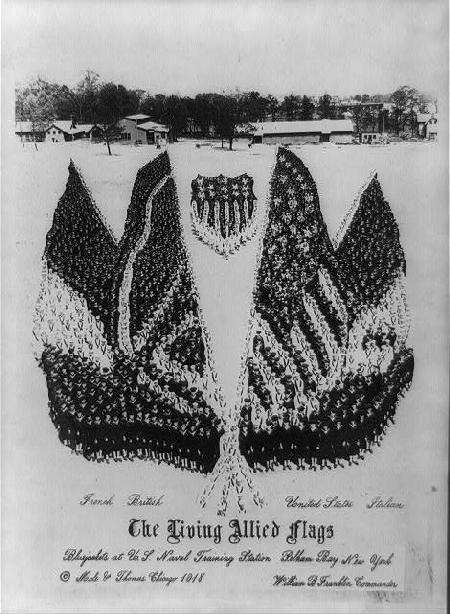

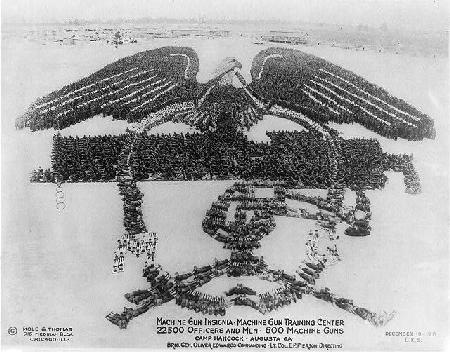
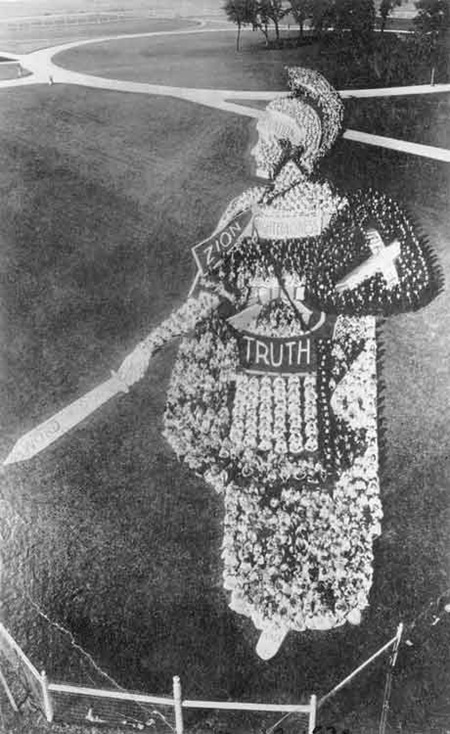
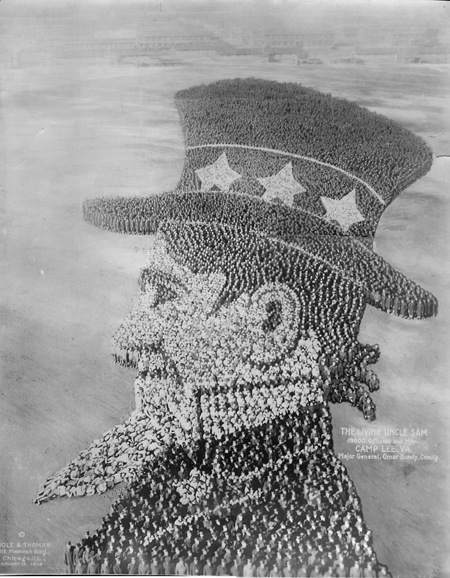
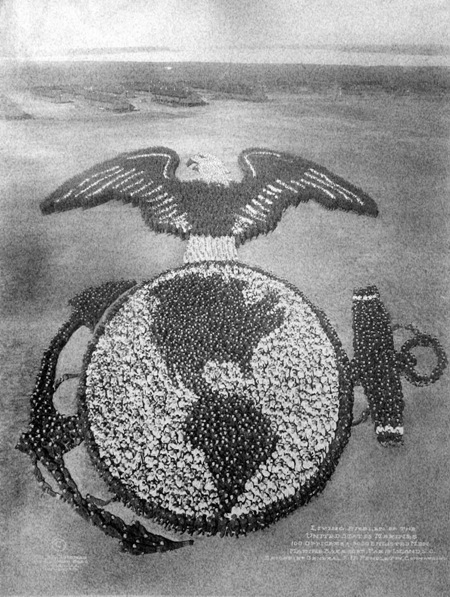











Comments
Post a Comment